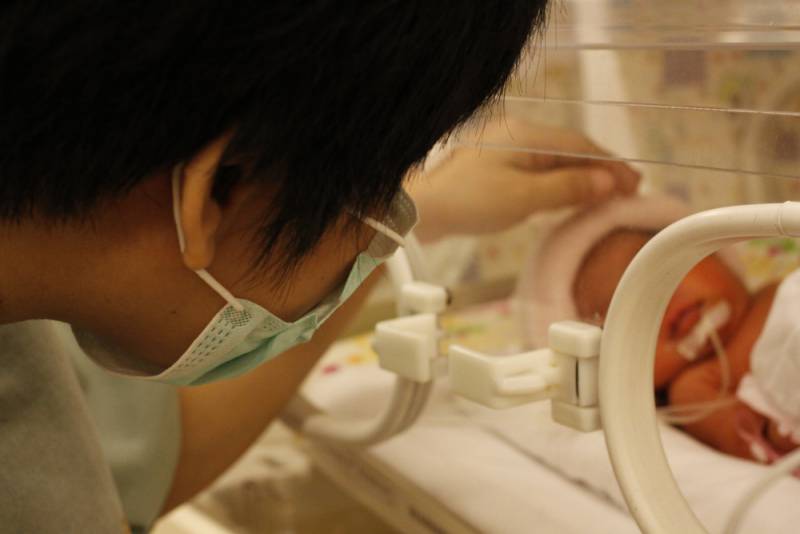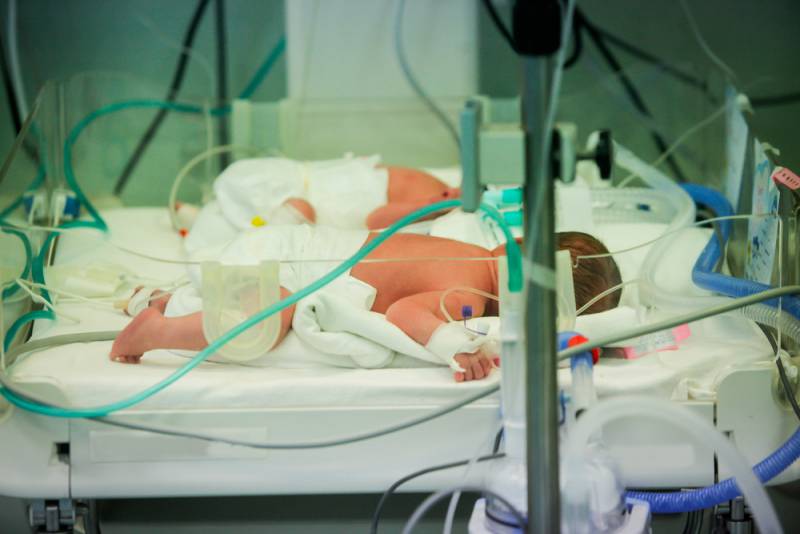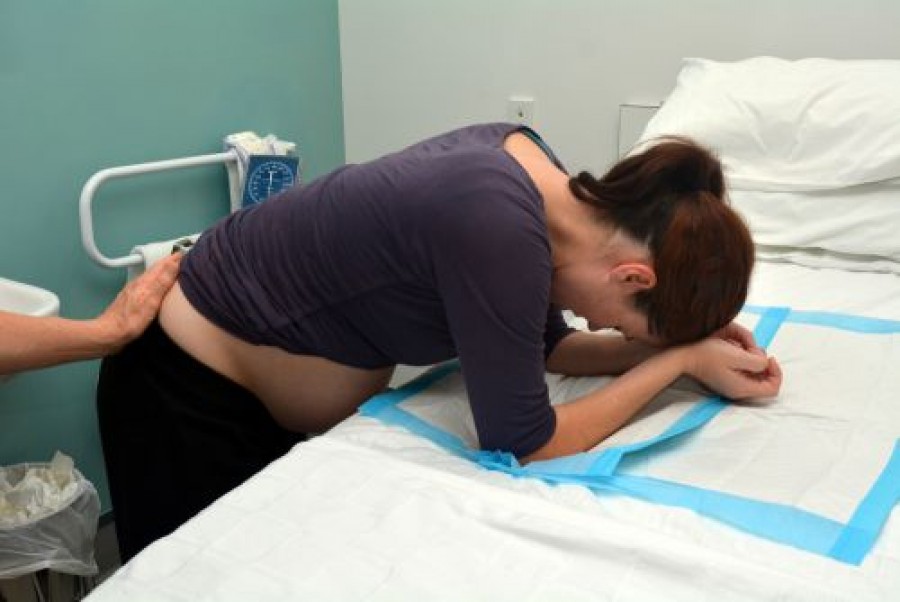Preterm Birth: Facts you need to know

In Australia, around 0.02% of pregnancies end with premature births. It is more common in developing countries. Various studies and researches are being done to understand the causes leading to premature birth which can be endangering life of the expecting mother and the foetus.
What is Preterm Birth?
Generally, a normal pregnancy takes 40-42 weeks term. In few cases, the duration of pregnancy gets shorter than 36 weeks of gestation resulting in early labour known as preterm or premature birth. In short, birth that occurs before the 37th week of pregnancy is known as preterm birth. Premature birth is also called as preterm birth, premature labour, premmie (premature baby) etc..
Causes of preterm birth

The majority of the causes leading to premature birth/labour remain unknown. However, a few medical conditions have been found to result in early labour. These medical conditions include:
- Detachment of placenta (placental abruption),
- Bleeding during pregnancy (antepartum haemorrhage)
- Hypertension during pregnancy (preeclampsia/eclampsia)
- Premature rupture of membranes (PROM)
- Incompetent cervix
- Gestational diabetes,
- Overweight/underweight,
- Multiple pregnancy
- Smoking
- Invitro fertilization (IVF)
- Pelvic inflammatory disease (PID)
Who is more prone to preterm birth?

Studies have shown that pregnant women of low socioeconomic class, young age, women with eating disorders, previous history of preterm birth and anaemia etc. are more prone to preterm birth/preterm labour. Studies have also shown that pregnant women who smoke, drink alcohol or use illicit drugs are also more prone to end up with premature birth or labour.
Signs and symptoms of Preterm Birth
Following are few signs and symptoms of preterm birth which may be experienced by pregnant women:
- Backache
- Watery or bloody vaginal discharge
- Menstrual cramps
- Lower abdomen Pressure
Complications of Preterm Birth

The organ system (such as brain, lungs, heart or intestines etc.) of a foetus born before weeks 37-38 of gestation is not completely developed. Generally, a baby born with an underdeveloped organ system has a lower survival rate. However, not all preterm births are complicated. The earlier a baby is born, the harder it is for the baby to survive. Most common consequences of preterm birth are as follows:
Pulmonary immaturity
A premature foetus has underdeveloped lungs which lacks a substance called ‘surfactant’ which helps keep the lungs open up and expand on breathing in. Baby may have breathing problems such as respiratory distress syndrome.
Cerebral palsy
It is a brain disorder, resulting in impaired muscle movement, muscle tone. It can be caused by any injury to the foetus’s developing brain. It is a long term effect of premature birth which doesn’t go away with time.
Heart defects
Patent Ductus Arteriosus(PDA) is the most common heart defect seen in premature babies. It usually closes on its own by the time. But if left untreated, it allows too much blood flow into the heart which may result in heart failure.
Gastrointestinal defects
Lack of oxygen to the under developed intestine leads to a massive growth of bacterias over the intestinal linings and cause the intestinal cells to die. It is a serious condition seen in premature baby’s due to immature gastrointestinal system is ‘necrotizing enterocolitis’. Foetus experiences impaired feeding , bloody stools, bloating and swelling of abdomen and diarrhea occurs.
Blood disorders
Premmies experience anaemia and jaundice a lot more commonly than full term babies. Anaemia is low red blood cells and jaundice is the breaking of red blood cells shown with yellow tinge in the skin and eyes.
Temperature
Baby’s body is unable to produce enough heat to keep its body off the room temperature hence baby is kept in a warm incubator till it starts building up its own warming up system.
Immune system defects
Foetus’s impaired immune system causes infections ,allergies and sepsis.
Dental issues
Very ill babies are more prone to develop dental problems such as delayed dental eruption, tooth decaying and misaligned teeth.
Behavioural issues
It has no obvious reason of behavioural issues seen more commonly seen with premature births as compared to full term babies. Attention deficit hyperactivity disorder (ADHD) is such an example seen in premature babies more often than full term infants.
Hearing defects
All newborns are normally checked for any kind of hearing defects before they leave hospital. But, in premature births, hearing deficits are seen more often than full term births.
Diagnosis of Preterm Labour
The preterm labour must be diagnosed carefully by the supervising doctor. Following are the tests and examinations done to diagnose preterm labour in a women:
Pelvic exam
The physician does a pelvic exam which tells the cervical thinning and dilatation, baby size, uterus size compared with the gestational age. If the cervix has begun to thin and dilate this proves that labour has started too early.
Ultrasound scan
Ultrasound scans show the number (single, twins, triplets), size and age of the baby, length of the cervix, weight of the uterus and position of placenta.
Amniocentesis
Screening with the amniotic fluid tap is done to see the lung maturity and any infection and genetic disease. Chorionic villous sampling and amniocentesis are the same technique, but are performed at different weeks of gestation such as chorionic villous sampling is considered safe if done between 12-15 weeks of gestation and amniocentesis is done between 15-20 weeks.
Laboratory test
Foetal fibronectin, a substance which attached the foetal sac with the uterus is released during labour. Identification of this substance will increase the chances of going into preterm labour .This test is not confirmatory and is not reliable.
Management of Preterm Labour
The following measure s can be taken by the practicing physician to manage preterm labour:
Cervical cerclage
A weak cervix should be managed with cervical cerclage, which is a suture tied around the cervix to keep it close till pregnancy reached its term. It is removed earlier to delivery or labour. It is best for the pregnancy before 24 weeks .
Tocolysis
A tocolytic therapy is used when labour is established. Labour can be postponed for a day or two days with the tocolytic therapy. This therapy is used under a specific criteria, which includes:
- Pregnancy less than 35 weeks
- No placental abruption
- Cervix is less than 5 cm dilated
- Foetus is alive and should not have life threatening malformation
This therapy provides time and environment for the immature lungs to reach maturity.
Prevention of Preterm Birth?
In women with previous history of preterm birth, monthly follow up, ultrasounds must be done to keep check on the growth of the baby, size of uterus and cervix dilatation.
- Bed rest is encouraged in women at risk, which decreases the chances of injury or damage to the foetus.
- Quit smoking, alcohol and illicit drugs is the only best way to prevent preterm birth in women who use them.
- Drinking lots of water is experienced by women and have been found useful to some extent. It keeps the content of amniotic fluid (which is 95% water) maintained.
- Stop intercourse, it decrease the chances of preterm labour if you have history of preterm birth, bleeding, pain.
- Keep your genitalia clean, which prevents the source of genital infections.
- Feel your abdomen to assess contractions.
- Decrease caffeine intake, it works as a diuretic, loss of water from the body puts women at risk of preterm birth.
Most Viewed
-
5 Common Methods of Contraception
Last updated On by Percy Oad -
How to Cope with Male Infertility
Last updated On by Alina -
What is the Difference Between Primary and Secondary Infertility?
Last updated On by Madison -
How to start a child-free life after infertility
Last updated On by Jacinta







